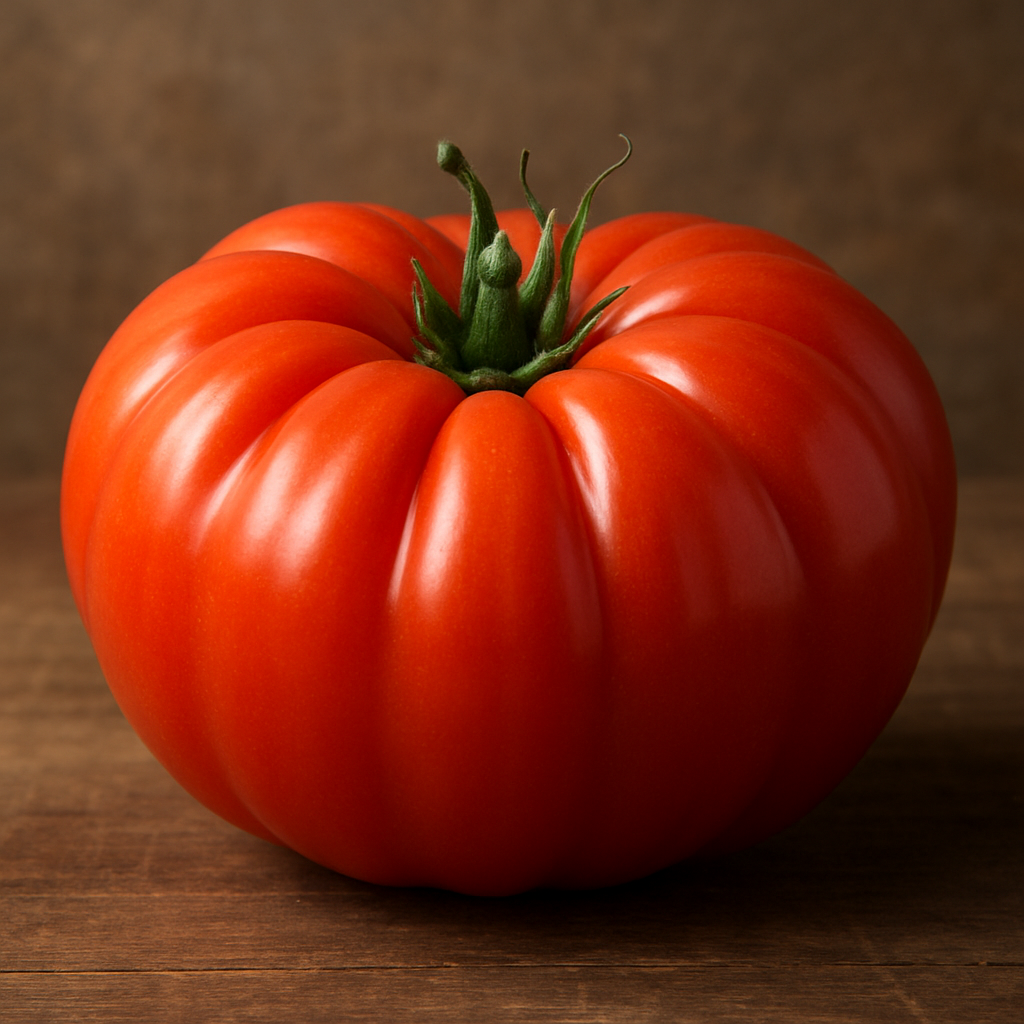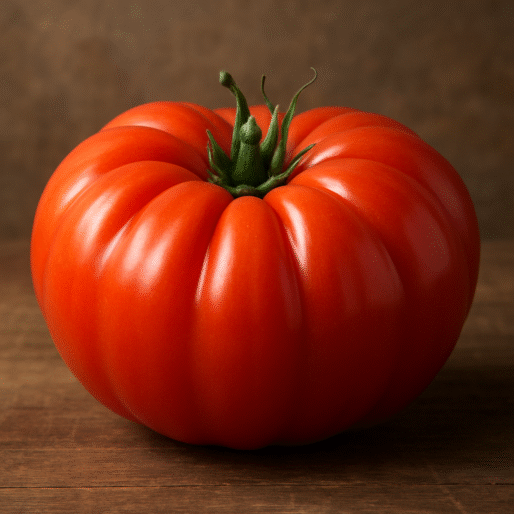
Uncategorized
How to grow beefsteak heirloom tomatoes

Beefsteak tomatoes are prized for their large size, juicy flesh, and rich flavor, making them a favorite among gardeners and chefs alike. Here’s how you can successfully grow them in your garden or containers.
1. Choose the Right Variety
Start by picking a variety suited to your climate. Popular beefsteak types include:
- Brandywine
- Big Beef
- Cherokee Purple
- Mortgage Lifter
2. Start Seeds Indoors
- Timing: Start seeds indoors 6–8 weeks before the last expected frost.
- Planting Depth: Sow seeds ¼ inch deep in seed-starting mix.
- Conditions: Keep at 70–80°F with plenty of light or a grow light.
3. Transplant Seedlings
- When to Transplant: Move seedlings outside once they’re 6–10 inches tall and all risk of frost has passed.
- Hardening Off: Gradually acclimate plants to outdoor conditions over 7–10 days.
4. Prepare the Soil
- Location: Choose a spot with full sun (6–8 hours daily).
- Soil: Well-draining, rich in organic matter. Ideal pH is 6.2–6.8.
- Amendments: Mix compost and a balanced fertilizer into the soil before planting.
5. Planting
- Spacing: 18–36 inches apart in rows 3–4 feet apart.
- Plant Deep: Bury two-thirds of the stem to encourage a strong root system.
6. Watering and Feeding
- Water: Keep soil consistently moist, about 1–2 inches of water per week.
- Mulch: Use straw or mulch to retain moisture and suppress weeds.
- Feeding: Apply a balanced fertilizer every 2–3 weeks or use a slow-release fertilizer at planting.
7. Support the Plants
Beefsteak tomatoes are heavy and need support:
- Use stakes, cages, or trellises to prevent plants from sprawling and to reduce disease risk.
8. Pruning
- Prune suckers (small shoots between the main stem and branches) to improve airflow and direct energy into fruit production.
- Remove lower leaves to prevent fungal diseases.
9. Monitor for Pests and Diseases
- Common Issues: Aphids, hornworms, blight, and blossom end rot.
- Use organic or chemical treatments as needed and ensure good airflow to reduce disease.
10. Harvesting
- Pick tomatoes when they’re fully red (or the color of your variety) and slightly soft to the touch.
- Twist or cut the fruit from the stem gently to avoid damaging the plant.

